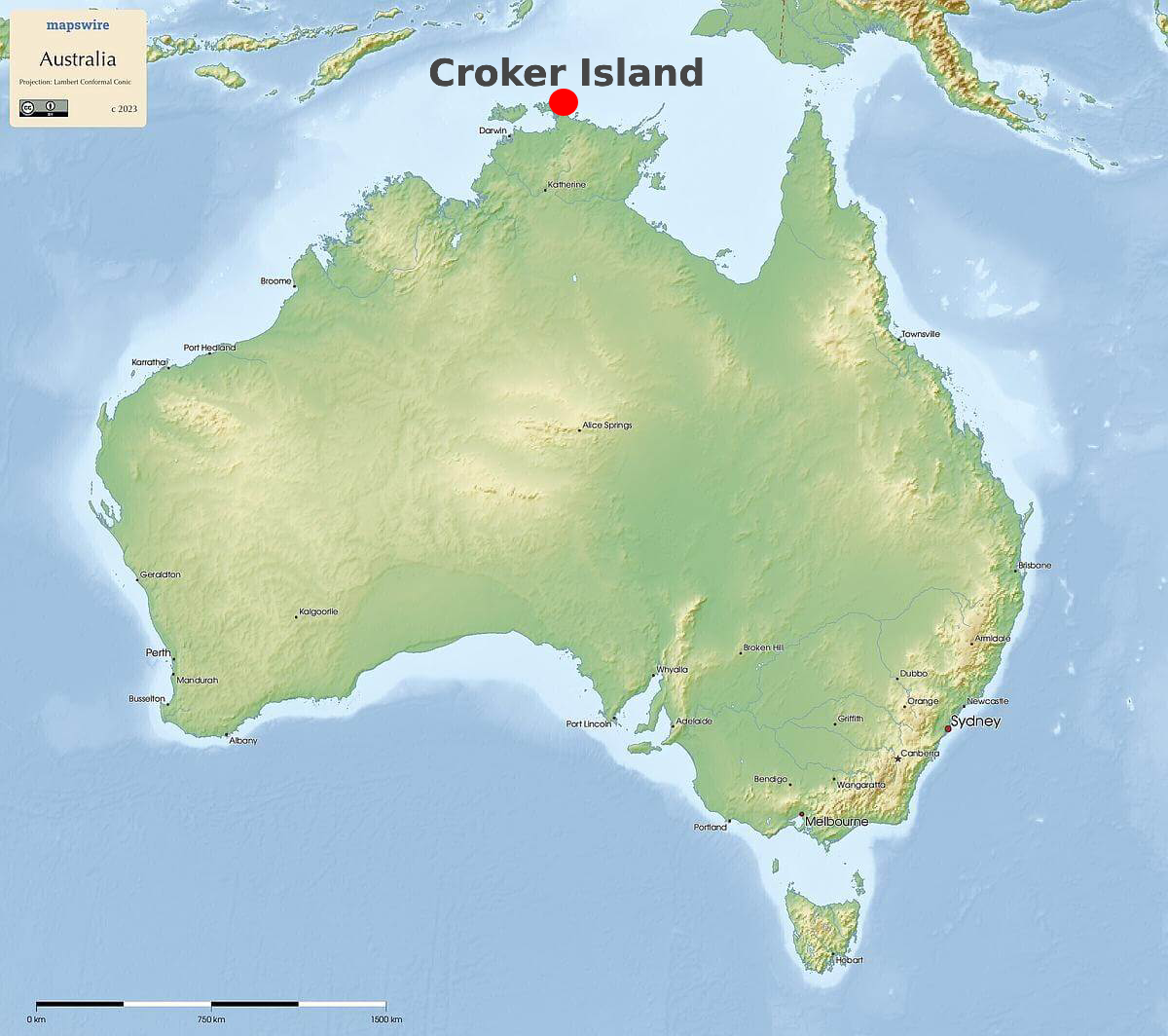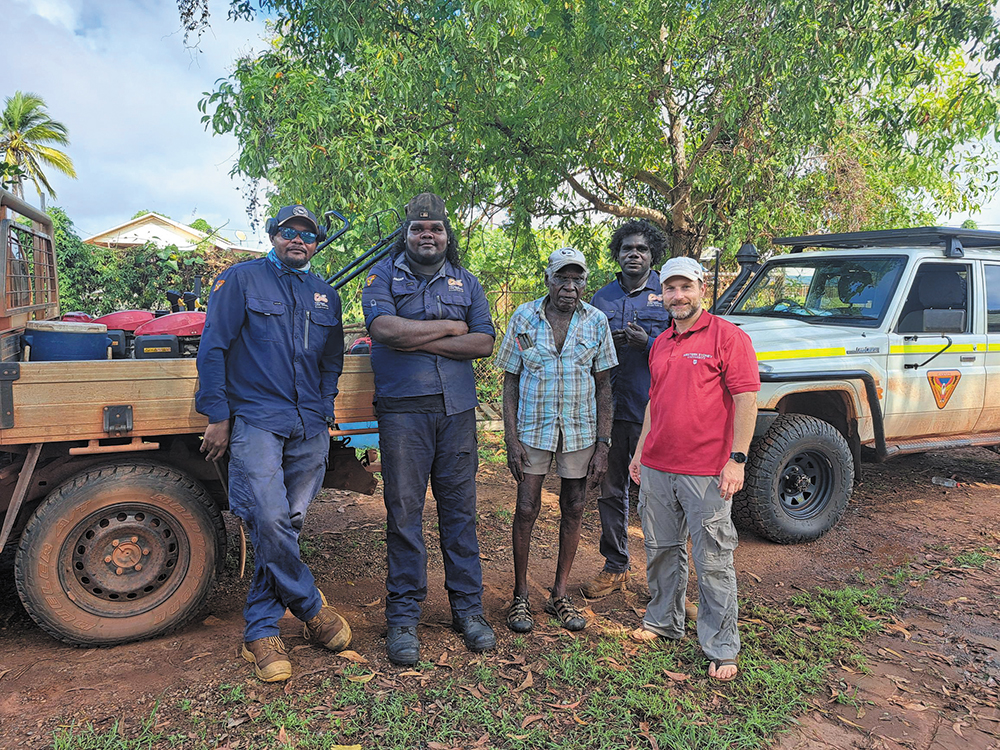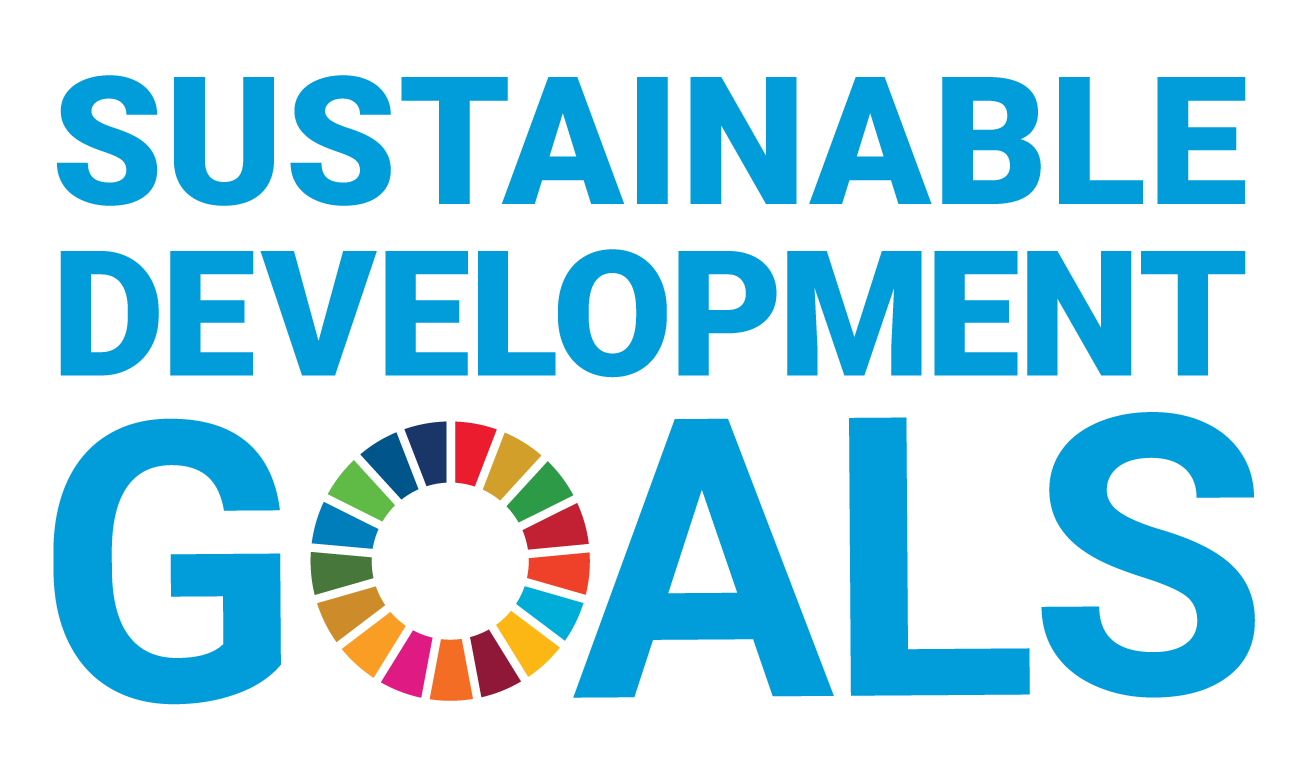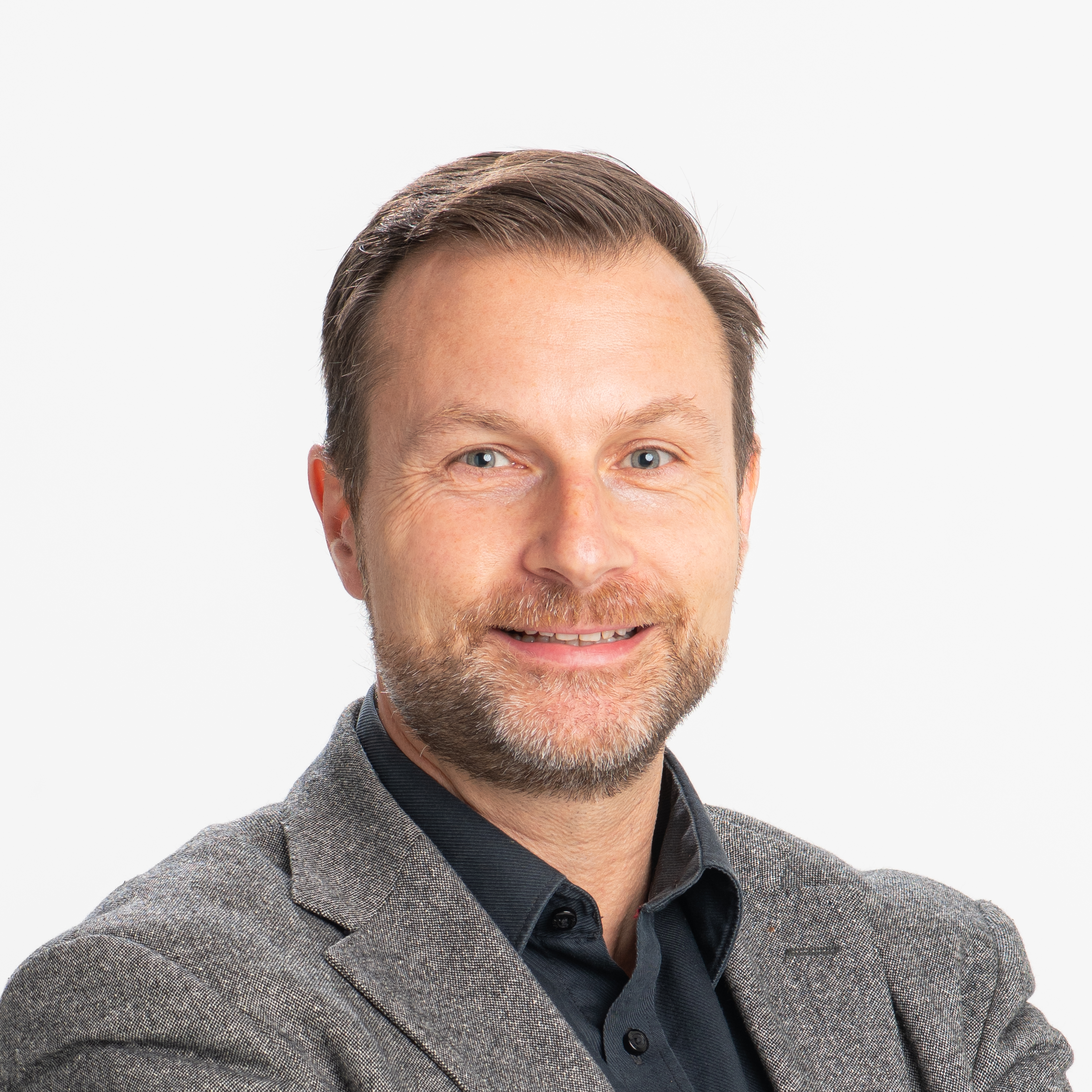You can search for courses, events, people, and anything else.
Aboriginal and Torres Strait Islander peoples are advised that information in this story may be culturally sensitive for some individuals and communities.
Robert Mailhammer, a professor of linguistics at Western Sydney University, has been documenting the Indigenous languages of the Northern Territory’s Croker Island for the past 15 years.
As there are few people still alive who can speak the island’s traditional languages, Mailhammer began his research by studying old recordings of spoken Amurdak, a language thought to be extinct. However, on his first visit to Croker Island, in western Arnhem land, he met some elders who could still speak the language, although it had not been used in many years. He was able to work with these people, most of whom have now passed away.
While documenting Amurdak, Mailhammer received an ARC grant to also research Aboriginal English on the island.
“It seemed that everyone was speaking their own version of English,” he says. “My background is in historical linguistics, looking at how language has changed, particularly under influence from other languages.”
LANGUAGE DOCUMENTATION
In 2013, Mailhammer began a long-term collaboration with Dr Patrick Caudal, a linguist from the University of Paris, in France, who at the time was researching languages of Western Australia’s Pilbara region.
“We were both fascinated by the nuances of Indigenous Australian languages,” recalls Caudal. The pair began to research Iwaidja — one of the main languages on Croker Island — and had their first joint field trip in 2013.
“Iwaidja proved to be a perfect laboratory in which to make new discoveries. Together, we have created novel experimental tools for eliciting data in the field — in particular, building a substantial videoclip database, a method which has now been used for well over 15 under-studied languages,” says Caudal.
Mailhammer also worked with the ARDS Aboriginal Corporation on the Iwaidja language documentation project, then-Language & Resources Manager, Emma Murphy, says their involvement began as part of a health promotion project, helping people create resources in their own languages.
She adds that towards the end of the project, families, school workers and others were keen to continue to strengthen local languages through resource development. “People want the next generations to be hearing, speaking, reading and writing their heritage languages, and they worry when this isn’t happening,” says Murphy.
“The project was a continuation of other great work by elders, linguists and ethnobotanists over many years,” she adds. “Rob Mailhammer is one such linguist with a long history doing this work, and it was great to have the opportunity to partner with Western for this project.”
Need to know
- Indigenous languages are crucial in passing along cultural, ecological and ethno-medicinal knowledge.
- But many are in danger of going extinct.
- Western’s Robert Mailhammer, along with community experts, is working to document many of these languages.
“Switching to languages that supported learning was more friendly.”
CULTURAL CLUES
Over the years working on Iwaidja, Mailhammer became aware of the importance of the language to convey cultural information, such as kinship terms that can’t be translated. An understanding of the culture and language has been important at Mamaruni, the school on Croker Island.
Under the culture of the island “people belong to different groups, which is something teachers need to understand. Brothers and sisters at a certain age are no longer allowed to talk to each other or be in close proximity’” he says. “Because the concept of kinship is much broader than it is in western societies, you might have ‘brothers’ and ‘sisters’ who aren’t related by blood. If schoolteachers put them at the same desk, for example, it causes them huge discomfort.”
To help address issues like this, Mailhammer ran workshops on the language and culture for new teachers with little background knowledge. “We have also involved the community, where elders explain the significance of kinship groups to the kids,” he says.
It has been a success, but continuity remains a problem — with teachers moving on every few years, there is no one to take on this training over the long term, and running it relies on the willingness of the principal and availability of elders.
Heleana Yarrngu, a former teacher and Indigenous woman from Croker Island, worked with Mailhammer on a project to use Kunwinjku, another of the island’s Indigenous languages, to teach maths.
“Switching to languages that supported learning was more friendly and we could communicate a lot easier than by just using English,” says Yarrngu.
“Using a mother-tongue at the beginning of lessons to explain what we are going to learn would support better outcomes in two-way learning. Having a relationship in our first language and then being able to communicate, supports both the Indigenous teacher and the students to learn better,” she says.
In the future, Mailhammer would like to start a bilingual programme at the school with funding for a teacher in Indigenous language.
TRADITIONAL KNOWLEDGE
As well as documenting and recording the languages of Croker Island, Mailhammer and his team have become involved in wider projects focused on specialised terminology and usage, such as ecological and ethno-medicinal knowledge (bush medicine), poetry and music — types of knowledge which can be lost when key speakers pass away.
In partnership with the ARDS Aboriginal Corporation in Darwin and the University of Paris, Mailhammer is producing an ethno-medicinal dictionary written in Iwaidja.
“It will be valuable, not just for the island’s health clinic, but also to document how Indigenous people on this island view health as a concept,” he says.
For example, “the clinic measures weight and other indicators that western medicine regards as important,” he says, “but if we can understand what factors are important as health indicators in the local culture, we can do a better job of rolling out health services here and in other Aboriginal communities”.
The researchers have also been helping Croker Island’s rangers to gain protection for many of the island’s sacred sites through registration with the Aboriginal Protection Authority.
“Some sites have been identified but not registered, so people go fishing or walk in places they shouldn’t,” says Mailhammer. “These sacred sites need to be documented.”
Over many years of working and visiting the island, Mailhammer has built tight connections with people in the community. “When you’re not working, you might do a fishing trip together. Sometimes you work in people’s homes,” he says. “Some of those community members are much more than business partners or informants; they are close friends.”
Meet the Academic | Professor Robert Mailhammer
Rob Mailhammer is Professor of Linguistics and currently the Chair of the Academic Senate at Western Sydney University. He is a leading expert on the history of the Australian and the Germanic languages, which has been recently underscored with an appointment to the Australian Research Council’s College of Experts. He joined Western Sydney University in 2012 after holding positions in Europe, Australia and the US. Rob has been documenting the critically endangered Australian Indigenous languages of Northern Arnhem Land in the Northern Territory since 2007. Rob’s research on Australian languages has been funded with over $2 million by prestigious funding bodies in Australia and overseas, and he has published over 75 peer reviewed articles and books in leading academic journals, including a book on traditional stories in Amurdak that re-ignited the documentation of this language, which was believed to be all but extinct. His current work in Australian Indigenous languages includes work on the documentation of sacred sites on Croker Island, medical vocabulary as well as traditional narratives and oral history.
Credit
Future-Makers is published for Western Sydney University by Nature Research Custom Media, part of Springer Nature.
© marilyna/iStock/Getty
© Stefan Fischerlaender / Mapswire.com
© NASA, Public domain, via Wikimedia Commons






